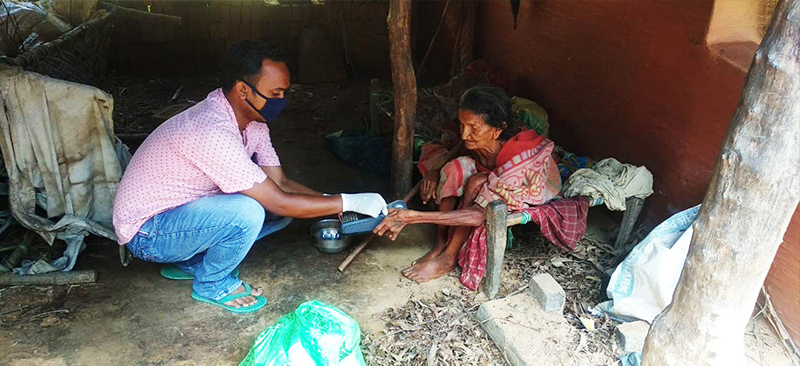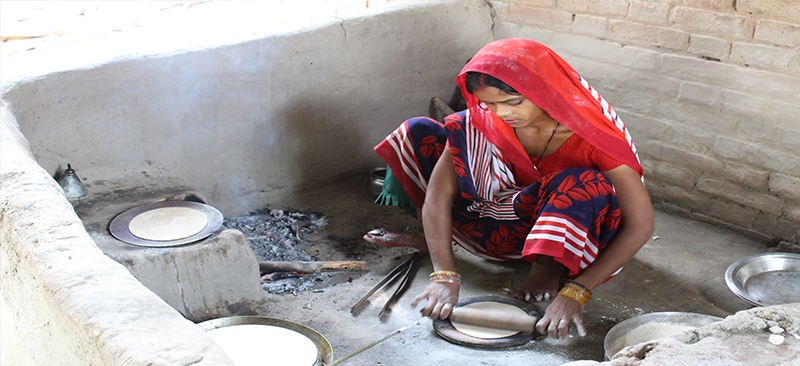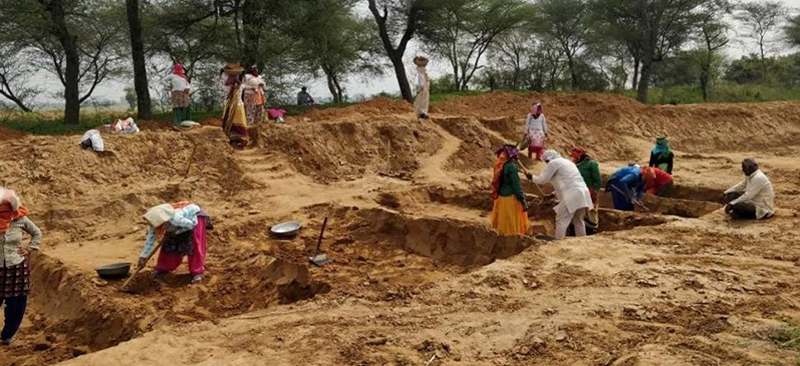During the COVID-19 pandemic, the Government of India (GoI) announced a relief package in March 2020 worth USD 23.2 billion under the Pradhan Mantri Garib Kalyan Yojana (PMGKY) program. Within two weeks from the announcement of the PMGKY program, the GoI used the DBT system to transfer USD 3.9 billion to 318 million beneficiaries. However, the delivery of cash benefits has been fraught with various challenges. Therefore, it is necessary to understand the efficiency of various cash transfer delivery mechanisms and the challenges associated with benefit delivery during the pandemic.
This paper examines the use of existing cash transfer programs and the payment infrastructure used for the timely delivery of PMGKY benefits during the COVID-19 pandemic in India. Additionally, the paper draws insights from PMGKY beneficiaries’ cash withdrawal/access preferences and experiences from MicroSave Consulting’s (MSC) two rounds of assessment of the GoI’s response to COVID-19.




